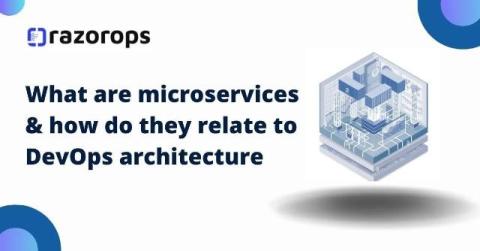Effective Release Management in DevOps: Best Practices & Tools
Release management is critical in software development, guiding how new features, updates, and bug fixes move from development teams through various stages of testing and deployment into production. In a DevOps framework, release management isn’t just about deploying code—it’s about ensuring reliable, timely, and stable software releases that meet business goals and satisfy end-users.











